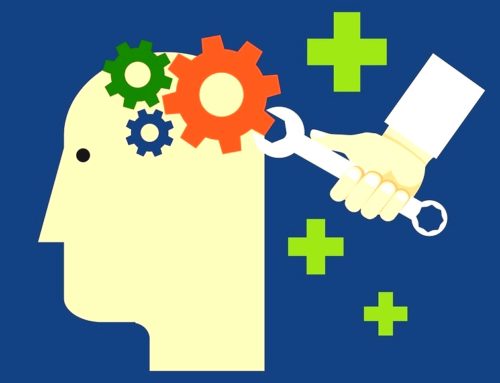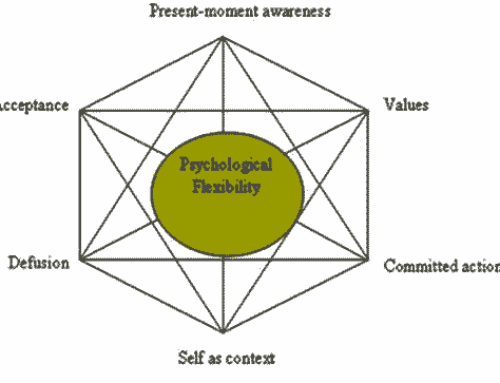Myth #1: Mental health problems do not affect children or youth. Any problems they have are just part of growing up.
Reality: 1 in 5 children and youth struggle with their mental health.
70% of adult mental illness begins during childhood or adolescence, including: depression, eating disorders, obsessive compulsive disorder and anxiety disorders.
However, 79% of youth who receive help improve significantly with treatment, which lasts less than 12 sessions for 66% of them.
Myth #2: It is the parents’ fault if children suffer from mental health illnesses.
Reality: Mental health disorders in children are caused by genetic, social, cultural, interpersonal and environment all factors must be considered when looking at a mental health illness. They can be caused by biological factors such as a predetermined chemical imbalance due to genetics or prenatal exposure to alcohol/drugs. They can also be the result of experiencing trauma, stressful life events, and/or major changes in lifestyle or location.
Myth #3: People with a mental illness are ‘crazy’, mad and/or dangerous, and should be locked away.
Reality: Most people who have a mental illness are at more of a risk factor of harming themselves than harming others. They have normal lives, but their feelings, thoughts and/or behaviors affect their day-to-day activities.
Myth # 4: All people with Schizophrenia are violent.
Reality: Very little violence in society is caused by people who are mentally ill (violence and mental illness). Unfortunately, Hollywood often portrays mentally ill people as dangerous. People with a major mental illness are more likely to be victims of violence than perpetrators.
Myth #5: Depression is a character flaw and people should just ‘snap out of it’.
Reality: Research shows that depression has nothing to do with being lazy or weak. It results from a chemical imbalance (a lack of serotonin and/or dopamine). Therapy and/or medication help people to recover.
Myth #6: Addiction is a lifestyle choice and shows a lack of willpower.
Reality: Addictions involve complex factors including genetics the environment, and sometimes other underlying psychiatric conditions such as depression. When people who become addicted have these underlying vulnerabilities it’s harder for them to simply kick the habit. Especially when they are born with a chemical imbalance and/or live in impoverished areas.
Myth #7: Electroconvulsive therapy (ECT), also known as shock therapy, is painful and barbaric.
Reality: ECT is one of the most effective treatments for people whose depression is so severe that antidepressant medications just don’t do the job and who are debilitated by the depression.
Myth #8: People with a mental illness lack intelligence.
Reality: Intelligence has nothing to do with mental illnesses. On one hand, many people with mental disorders are brilliant, creative, productive people. On the other hand, some people with mental disorders are not brilliant or creative. Certain mental illnesses may make it difficult for people to remember facts or to comfortably socialize with other people, making it seem as though they are cognitively challenged. Overall, the level of intelligence among people with mental illness likely parallels the patterns seen in any healthy population.
Myth #9: People with a mental illness shouldn’t work because they’ll just drag down the rest of the staff.
Reality: People with mental illness can and do function well in the workplace. They are unlikely to miss any more workdays because of their condition than people with a chronic physical condition such as diabetes or heart disease. The real problem is the prejudice against hiring people with mental illness (how will disclosing my mental illness affect work/school). The resulting unemployment leaves them isolated, a situation that can add to their stress, and make it more difficult to recover from the illness.
Myth #10: Mental illness is a single, rare disorder.
Reality: Anxiety disorders, mood disorders, personality disorders, addiction disorders and impulse control disorders are all different categories of very different mental illnesses- each with its own features and underlying causes (common mental illnesses). Each mental illness is a variation on the theme of brain chemistry gone awry, affecting things like mood and perception and each has its own specific causes, features and approaches to treatment.
Myth #11: People with a mental illness never get better.
Reality: TREATMENT WORKS! Treatments for mental illnesses are more numerous and more sophisticated than ever and researchers continue to discover new treatments. Because of these advances, many people can and do recover from mental illness.
Source: Canadian Living and Pathstone Mental Health












